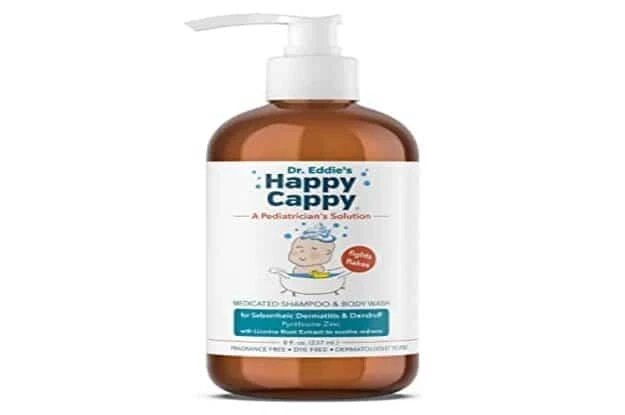 As a new parent, you may have heard about cradle cap. It is a common condition that affects many infants, and while it is not harmful, it can be concerning to see on your baby\'s face. In this article, we will discuss what cradle cap is, its causes, symptoms, and treatments.
As a new parent, you may have heard about cradle cap. It is a common condition that affects many infants, and while it is not harmful, it can be concerning to see on your baby\'s face. In this article, we will discuss what cradle cap is, its causes, symptoms, and treatments.
What is Cradle Cap?
Cradle cap, also known as seborrheic dermatitis, is a common skin condition that usually affects infants. It appears as scaly, yellow or brown patches on the scalp, face, ears, and neck. While it can be unsightly, cradle cap is not contagious and does not usually cause discomfort or itchiness to the baby.
What Causes Cradle Cap?
The exact cause of cradle cap is unknown, but it is believed to be related to the overproduction of oil in the skin\'s sebaceous glands. This overproduction can lead to the formation of thick, greasy scales on the baby\'s skin. Other factors that may contribute to the development of cradle cap include:
- Fungal infections
- Hormonal changes
- Genetics
- Stress
Symptoms of Cradle Cap
Cradle cap usually appears as scaly, yellow or brown patches on the baby\'s scalp, face, ears, and neck. The patches may be thick and greasy, and they can sometimes form crusts. Other symptoms of cradle cap may include:
- Redness
- Itching (although this is rare)
- Scaling on the scalp
- Oily or dry skin
- Flaky skin
How to Treat Cradle Cap
In most cases, cradle cap will go away on its own within a few months. However, there are several things you can do to help manage the condition and reduce its symptoms:
1. Wash your baby\'s scalp regularly
Gently washing your baby\'s scalp with a mild baby shampoo can help to loosen and remove the scales. Use a soft brush or a washcloth to gently massage the scalp in circular motions. Be careful not to scrub too hard or use hot water, as this can irritate the skin.
2. Apply oil or petroleum jelly
Applying a small amount of oil or petroleum jelly to your baby\'s scalp can help to moisturize the skin and loosen the scales. Leave the oil or petroleum jelly on for a few minutes before gently brushing the scales away with a soft brush or washcloth.
3. Use Happy cappy medicated shampoos
If your baby\'s cradle cap is severe, your pediatrician may recommend a Cradle cap shampoo or cream. These products contain ingredients that can help to reduce inflammation and speed up the healing process.
4. Try natural remedies
Some parents prefer to use natural remedies to treat cradle cap. These remedies may include applying coconut oil, almond oil, or olive oil to the affected areas. However, it is important to talk to your pediatrician before trying any new treatment, as some natural remedies may not be safe for infants.



